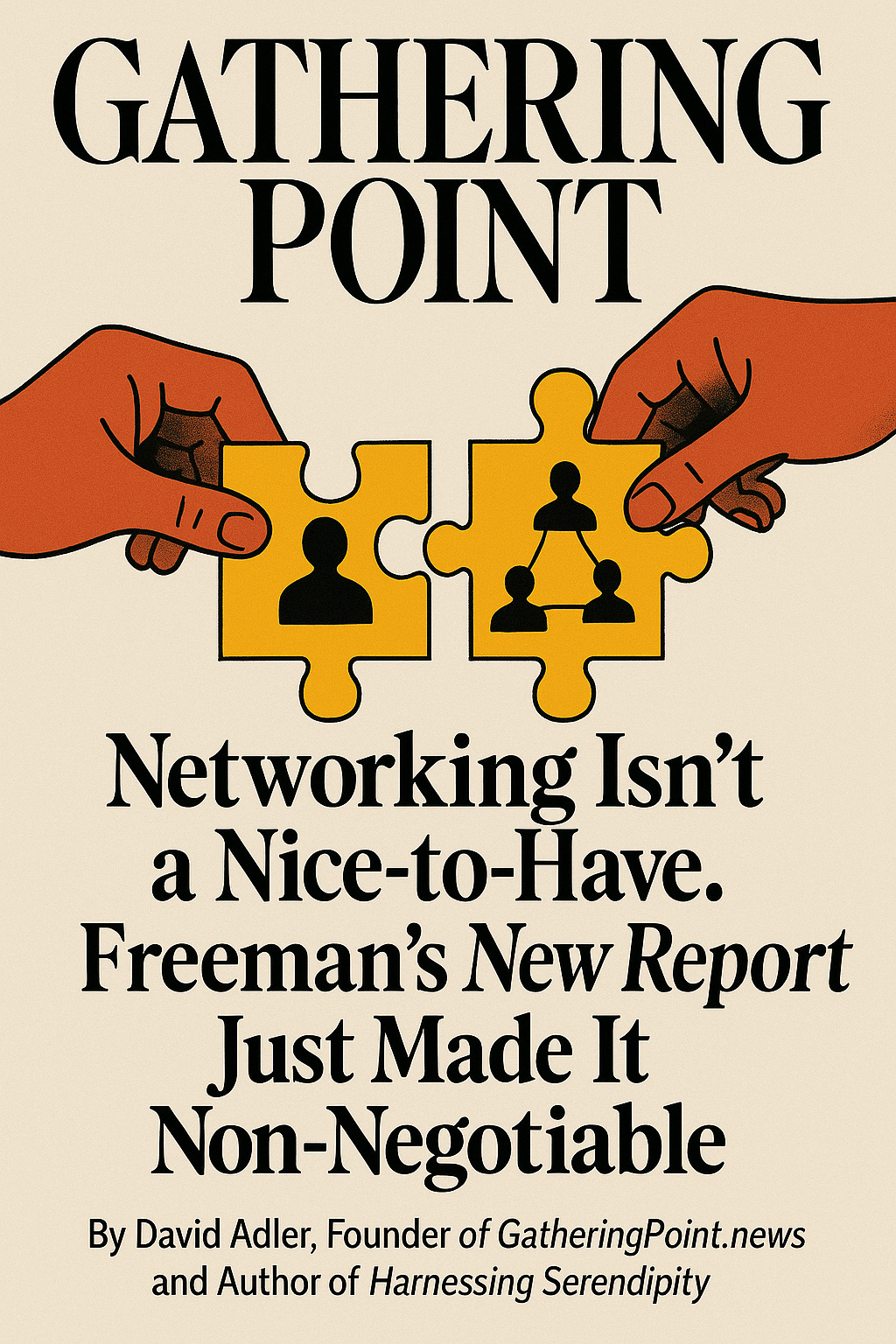The Architecture of Serendipity
Freeman’s Latest Report Says It Loud: Networking Doesn’t Happen on Its Own
For too long, the event industry has treated networking like a natural resource—abundant, automatic, and free. Just put people in a room, offer wine, dim the lights, and wait for something to happen. Connection, we’ve assumed, is a given.
It isn’t. And Freeman’s new 2025 Networking Trends Report says so—finally and forcefully.
Why Freeman’s Voice Matters
L…




